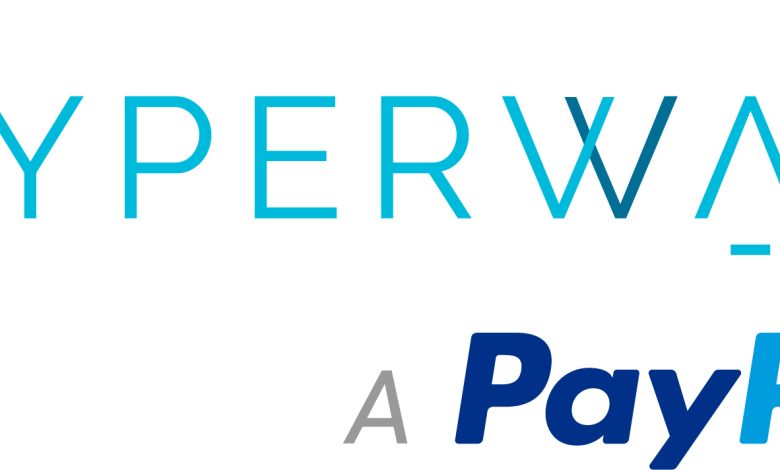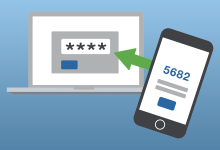
Have you heard of the Hyperwallet payment system? How does this payment service work? Hyperwallet is a powerful platform that simplifies the payment process for businesses. With its range of payment options and powerful management tools, Hyperwallet is a great choice for any business looking to manage its payouts efficiently and securely. Today, we will be telling you more about Hyperwallet and will go further to explain how the service works.
What is Hyperwallet?
Hyperwallet is a global payout platform that allows businesses to send and receive payments to individuals and businesses worldwide. The company was founded in 2000 and is based in San Francisco, California. Hyperwallet provides a range of payment options, including bank transfers, prepaid cards, cash pick-up, and digital wallets, and supports over 200 countries and territories. The platform also offers features such as tax reporting and compliance management, currency exchange, and multi-currency account management. In 2018, Hyperwallet was acquired by PayPal, a leading global payments platform.
How does it work?
Hyperwallet provides businesses with the capability to send payments online or via PayPal’s payout API. It allows sending up to 5000 payments simultaneously, and the platform also supports all major debit and credit cards for third-party payouts.
For both wire transfer and direct deposit options, payees need to provide their bank details, including their account number and type. After a payout request is made, funds can be transferred to the payee’s bank account within two business days using direct local deposits, while it can take up to five business days for wire transfers. Overall, Hyperwallet offers an efficient and convenient way for businesses to manage their payments and payouts securely.
Here’s how it works:
- Sign up: Businesses can sign up for a Hyperwallet account online, which includes providing basic information such as business name, address, and bank account information.
- Receive payments: Once a Hyperwallet account is set up, businesses can start receiving payments from their customers or partners via various payment methods such as credit cards, ACH transfers, and PayPal.
- Hold funds: Hyperwallet holds the received funds securely until the business is ready to withdraw them or distribute payouts.
- Manage payouts: Businesses can use Hyperwallet to manage their payouts to their vendors, contractors, affiliates, or employees. Payouts can be made through various payment methods, such as bank transfers, prepaid cards, or PayPal.
- Withdraw funds: Businesses can withdraw their funds from their Hyperwallet account to their bank account, and Hyperwallet supports over 150 currencies and payment methods, making it easy for businesses to convert and withdraw funds in their preferred currency.
- Reporting and analytics: Hyperwallet also provides businesses with real-time reporting and analytics to help them track their payment activity, fees, and other key metrics.
Advantages of Using Hyperwallet for Businesses
Here are some of the cons of this payment system;
- Global payment capabilities: Hyperwallet supports over 150 currencies and payment methods in over 200 countries and territories. This makes it an ideal platform for businesses with a global presence or those looking to expand internationally.
- Fast and secure payments: Hyperwallet’s platform is designed to ensure fast and secure payments, with multiple layers of security to protect transactions and sensitive data.
- Easy to use: Hyperwallet’s platform is user-friendly and easy to navigate, making it simple for businesses to manage their payments and payouts.
- Customizable payment solutions: Hyperwallet offers a range of customizable payment solutions, including prepaid cards, direct bank deposits, and PayPal transfers, among others. This enables businesses to choose the payment methods that best suit their needs and those of their customers.
- Transparent fees: Hyperwallet’s fees are transparent, and businesses can easily calculate their costs using the platform’s pricing calculator. This makes it easy for businesses to budget for their payment expenses.
- Integration with other platforms: Hyperwallet can be integrated with other platforms and software, such as e-commerce platforms, payroll systems, and more. This enables businesses to streamline their payment processes and reduce manual work.
Cons of Hyperwallet
- Customer support can be slow to respond and the setup process can be lengthy.
- There can be minimal communication about bugs and/or updates to the system.
- The system is set up for American tax, which makes it challenging for international users.
Available Transfer Methods
Payout optionality is one of the cornerstones of Hyperwallet’s disbursement technology. At this time, Hyperwallet offers 9 different transfer methods:
By default, transfer methods are either enabled or presented as an optional method of disbursement. Regardless of the payout model or experience, all Hyperwallet implementations automatically configure and enable default transfer methods.
Default transfer methods
Hyperwallet’s Payout Models are pre-set with 3 transfer methods by default: PayPal, Bank Account, and Venmo. The purpose of these default configurations is to streamline the onboarding process for our marketplace and enterprise clients and to serve as a basis for quickly adding more transfer methods, extending the coverage to new regions, and supporting additional currencies in the future.
Some FAQs about Hyperwallet
How do I sign up or activate my account?
Your organization will create a Hyperwallet account on your behalf. Once created, an email will be sent to you with a link you can use to begin the activation process.
Promoted contents:
If you have been notified by Pay Portal that your first payment has been sent but have not received an activation email, click here.
If your email is not currently registered, please contact Pay Portal to create your account.
How do I log in to the Pay Portal?
- Enter your Username and Password on the login page.
- Click Sign In
If you’re unable to access your Pay Portal and are receiving an “Error 104” message, use this link to obtain your IP address then contact us for assistance.
How do I change my profile information?
- Log in to your Pay Portal.
- Click Settings > Profile
- Make the changes.
- Click Save
If you are unable to update your information, please contact Pay Portal directly.
How do I change my account password?
- Log in to your Pay Portal.
- Click Settings > Security
- Enter your existing password.
- Enter and confirm a new unique password.
- Click Update Password
Note: Passwords must contain 6-15 characters and cannot be reused.
What should I do if I’ve forgotten my password?
- Click Forgot Your Password? on the Pay Portal login page.
- Enter the email address registered on your Pay Portal.
- A password reset notification will be sent to this email. Click the Reset Password link. This will direct you to a page where you can enter and confirm your new password.
NOTE: You may be required to complete an additional authentication step to verify your identity. If prompted, choose one of the options and follow the on-screen instructions.
- Enter and confirm a new unique password.
- After successfully resetting your password, a confirmation email will be sent to your email. Click Return to Login Page and use your new password to log in to the Pay Portal.








